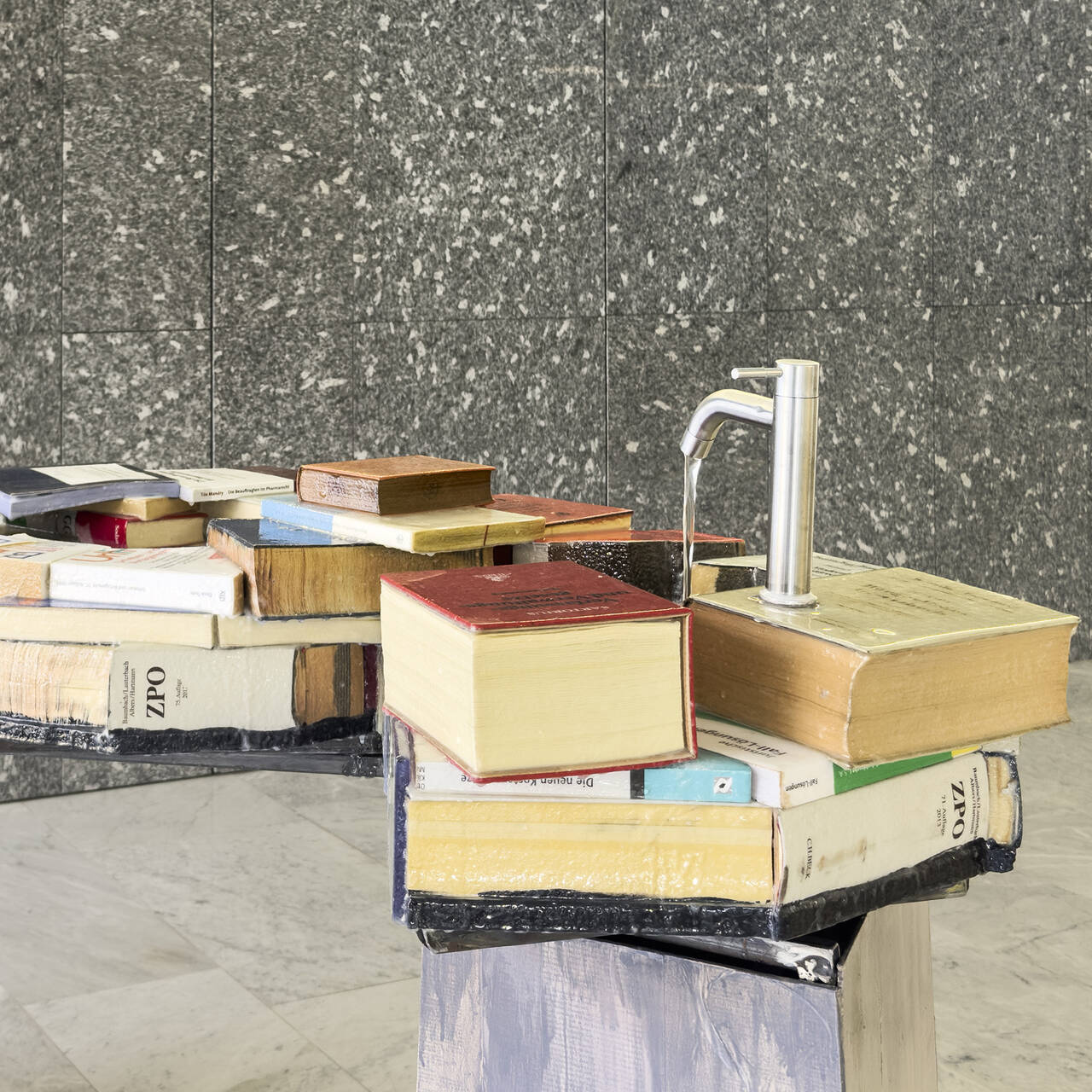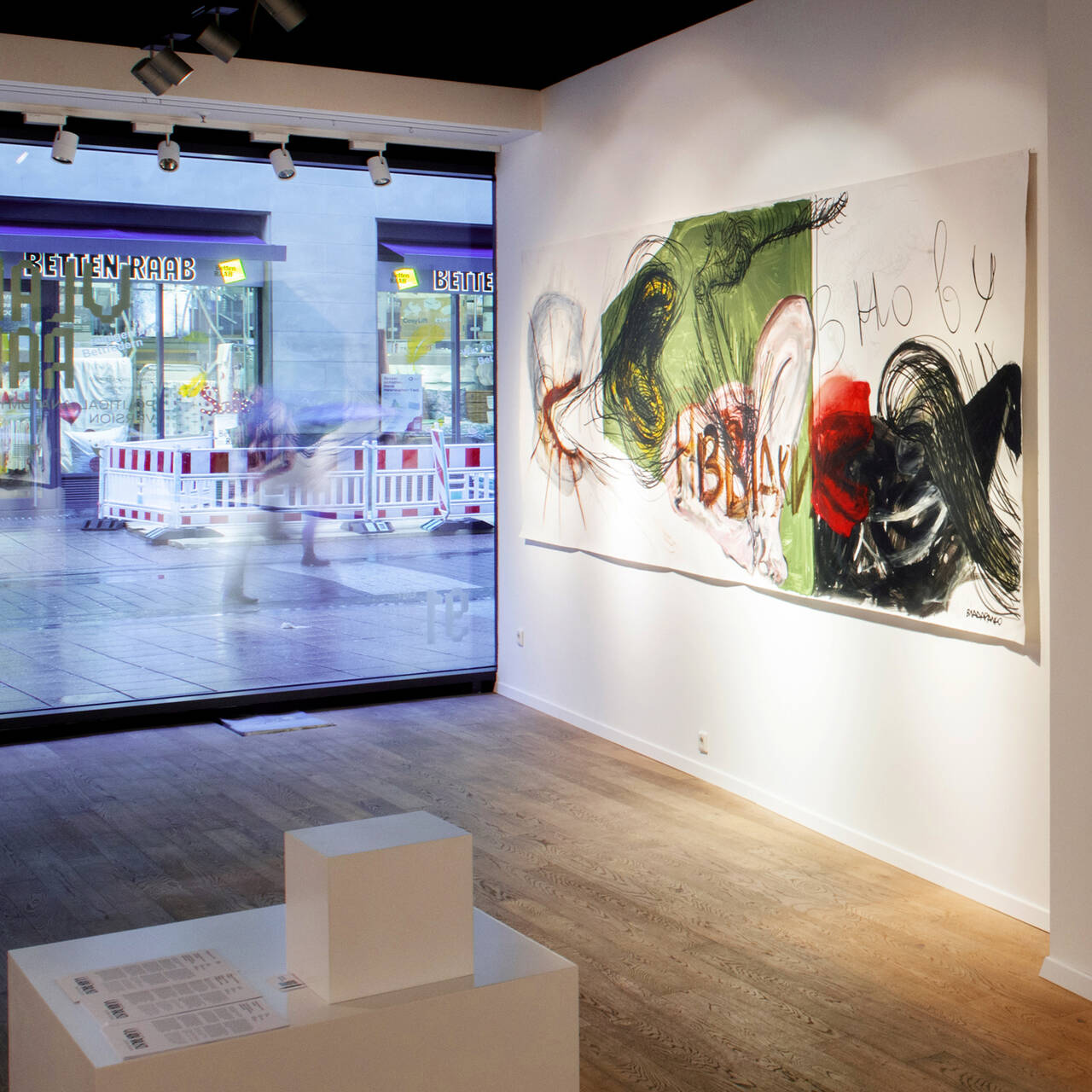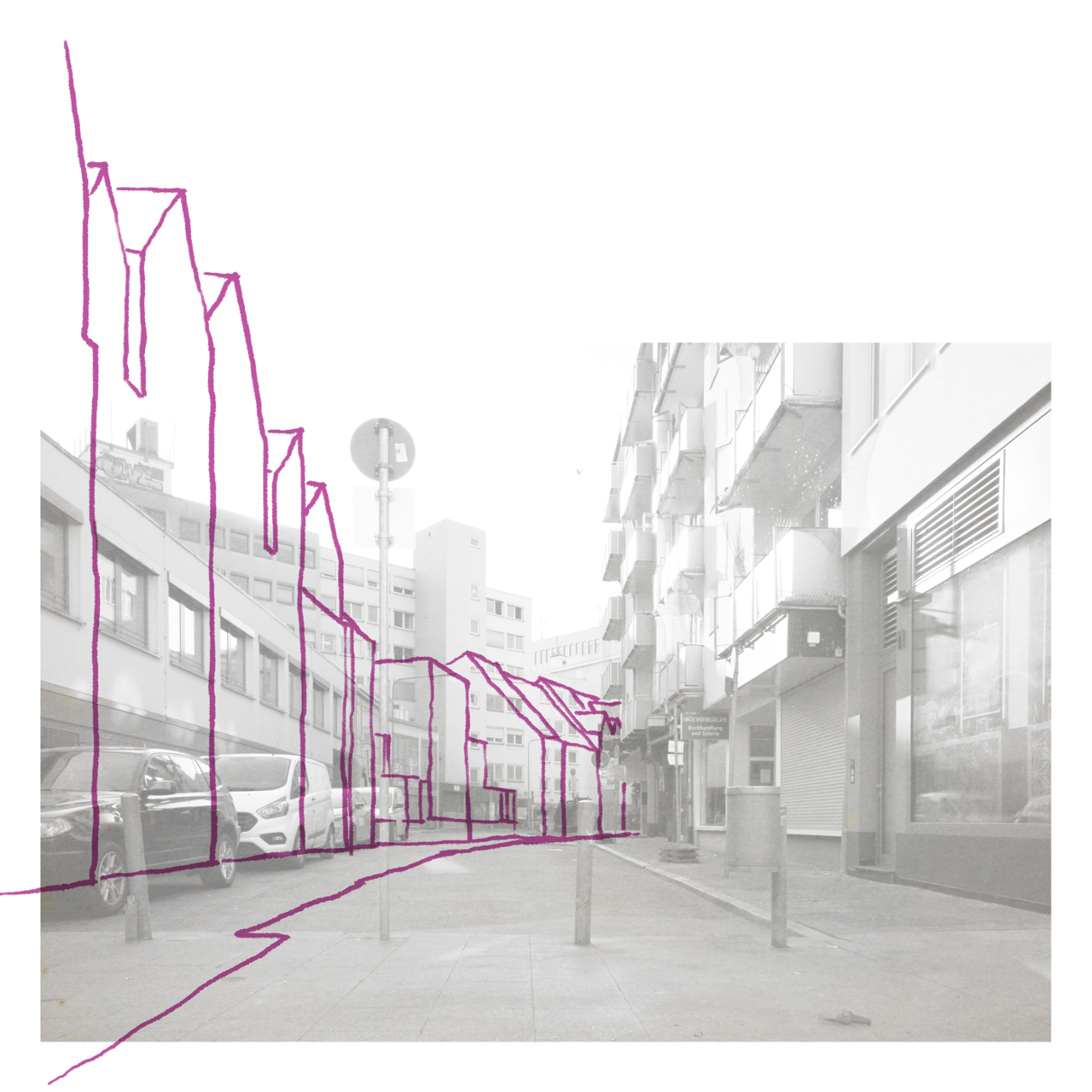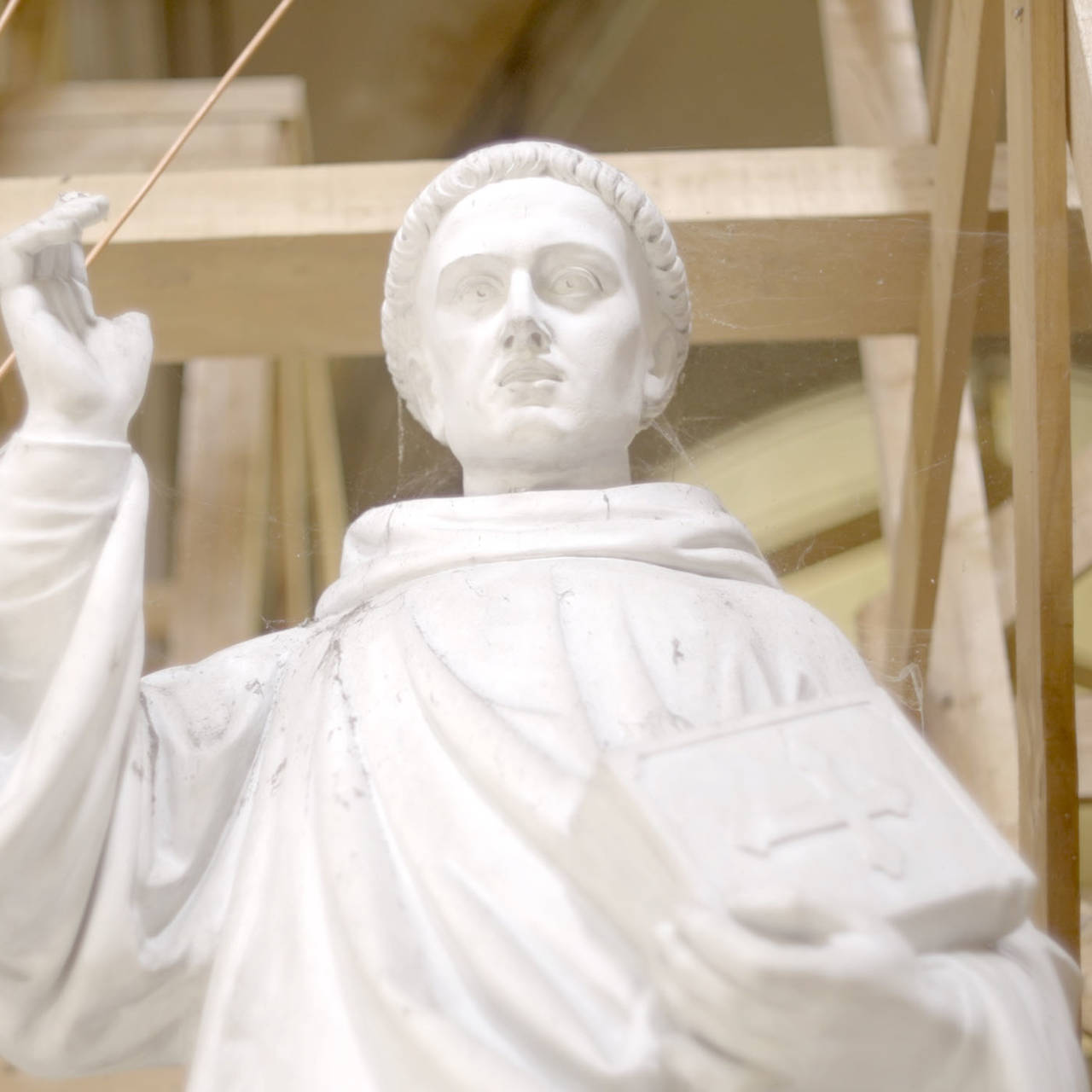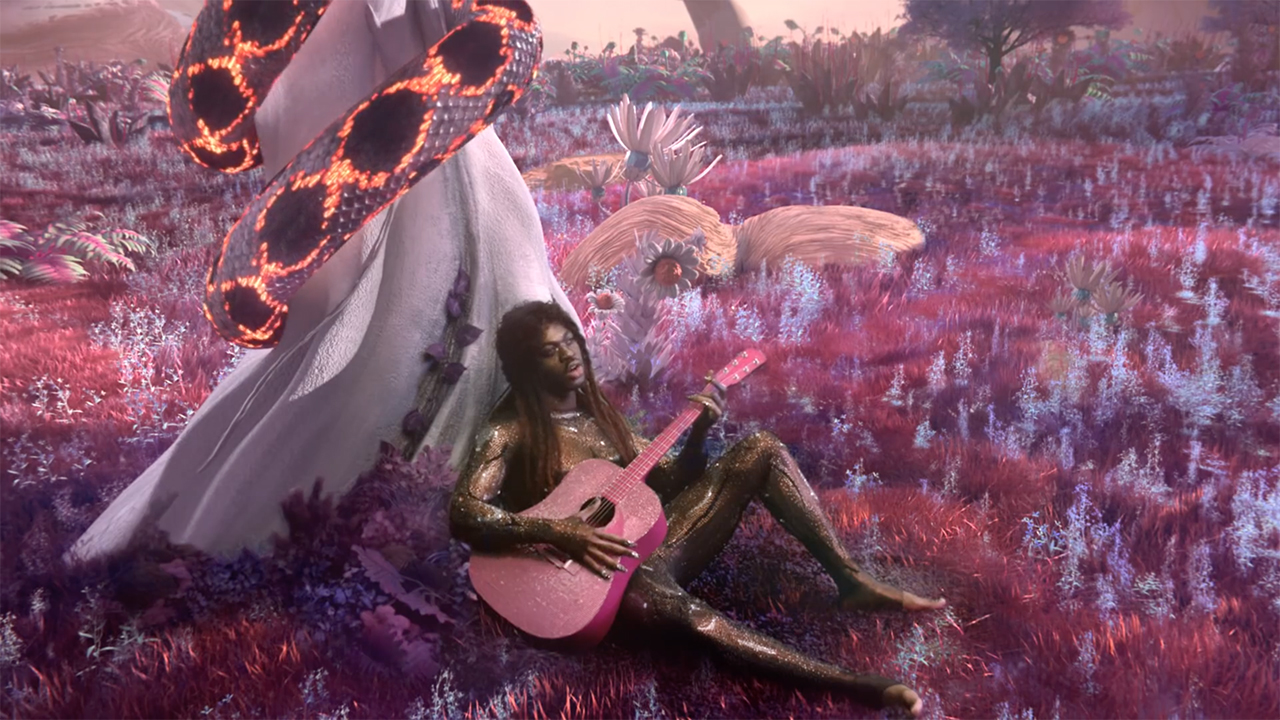They are an indispensable part of the ecosystem and yet endangered the world over. The exhibition at Fondation Cartier in Paris is dedicated exclusively to trees in art and science.
The location couldn’t be more appropriate. A majestic cedar planted in 1823 stands directly in front of the entrance to the Fondation Cartier in Paris, a center for contemporary art housed in a building designed by French architect Jean Nouvel. Between the Boulevard Raspail and the airy-seeming building from 1994 stretches a garden with 24 varieties of trees, which was laid out by the artist Lothar Baumgarten. A glass façade separates the urban oasis from the street, while openings in the façade enable the trees to grow naturally.
It is against this backdrop that the Fondation Cartier is showing an exhibition dedicated exclusively to trees. For the artists and scientists involved, trees are an object of inspiration and fascination, a subject of research and a source of data, creative material and subjects for paintings. The show takes a look at one of the oldest living organisms on Earth. The first known fossil forest dates to around 385 million years before our time, but now the Earth’s tree stocks are facing various threats. Two hot summers in a row have badly affected forests in Germany. Meanwhile, huge fires in Brazil’s Amazonas region are repeatedly cause for global concern.
The drawings appear like sensitive portraits
Among the inhabitants of this extensive area are the indigenous Yanomami community. In the large, bright entrance hall of the exhibition, their voices are heard through colored pencil and felt tip drawings. The Yanomami artists Kalepi, Joseca and Ehuana Yaira depict the trees that surround them with captivating clarity, the drawings appearing like sensitive portraits. The Gran Chaco region in Paraguay, too, is currently suffering deforestation. In their black and white drawings, indigenous Paraguayan artists capture the flora and fauna of their forests. Marcos Ortiz, for example, condenses trees into fine, web-like landscapes.





In the same room, Brazilian artist Luiz Zerbini combines the strict geometry of Modernism with sumptuously proliferating plants. His image spaces, which are underpinned by architectural grids and structures, are populated by multiple trees, plants and animals. Zerbini’s objective paintings are like “wimmel pictures”. On closer inspection, everyday objects like light bulbs, flip flops and power cables can be seen. In a manner of speaking, things which, at first glance, appear not to belong together all grow alongside one another in the paintings. On the rather restricted and dark basement level, too, there are works by artists and scientists whose work is centered around trees.
Using simple graphics and maps, New York architecturale firm Diller Scofidio + Renfro depict the extent of deforestation in Brazil, Cameroon and Indonesia between 2008 and 2015. In parallel, data on the disappearance of rare languages is also incorporated. Soberly and penetratingly, Diller Scofidio + Renfro show the ongoing destruction of natural and cultural bases for life. By contrast, the scenarios captured by Peruvian photographer Sebastián Mejia in Santiago de Chile are sometimes curious. The black and white photographs show trees desperately trying to endure in the densely developed, asphalted metropolis. A palm tree protrudes from a family home, while others grow in the middle of a gas station or a car park. Majia’s images illustrate the often-vain attempt to make adequate space for trees within big cities.




The garden of the Fondation Cartier appears to have skillfully mastered this dilemma, and here the exhibition continues. On an oak and a neighboring chestnut tree, botanist Stefano Mancuso and artist Thijs Biersteker have installed several sensors. The data and values that influence the trees’ growth are collected live and are converted into digital age-ring graphics on screens. These include, among other things, air temperature, pressure and humidity, CO2 and noise values. The graphics make the state of health of the relevant tree comprehensible in visual terms.
Agnès Varda describes the installation as a poetic synthesis of all trees
A few steps further on, we see the bronze sculpture of a cat enthroned on a tree stump. The tree itself once stood in the garden of French filmmaker and artist Agnès Varda, who died in March 2019. The sculpture represents her cat Nini, but it was not only with her pet that Varda cultivated a close relationship. In the flyer for the exhibition, she describes the installation as poetic synthesis of all trees “that play a role in our lives: The cherry tree in the garden, the weeping willow on the way to the market, a gigantic cedar under which I liked to sit, and the trees here and there that we often acknowledge in passing.”

